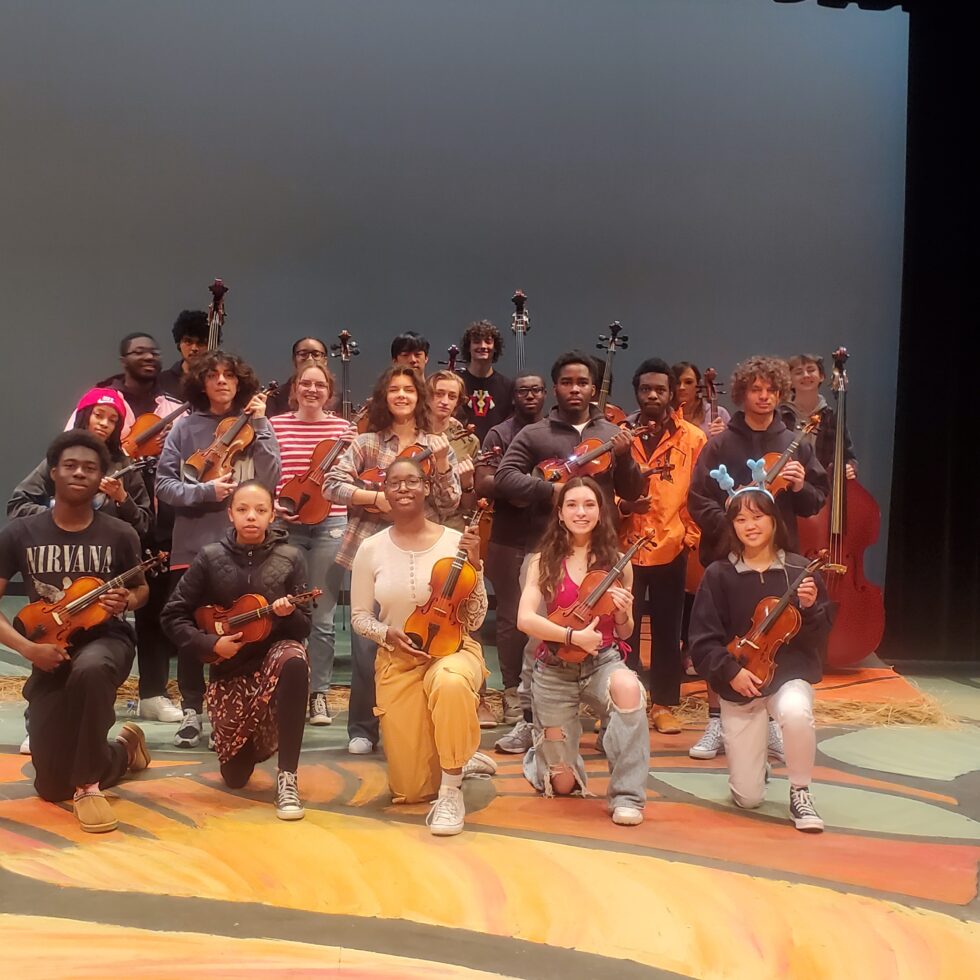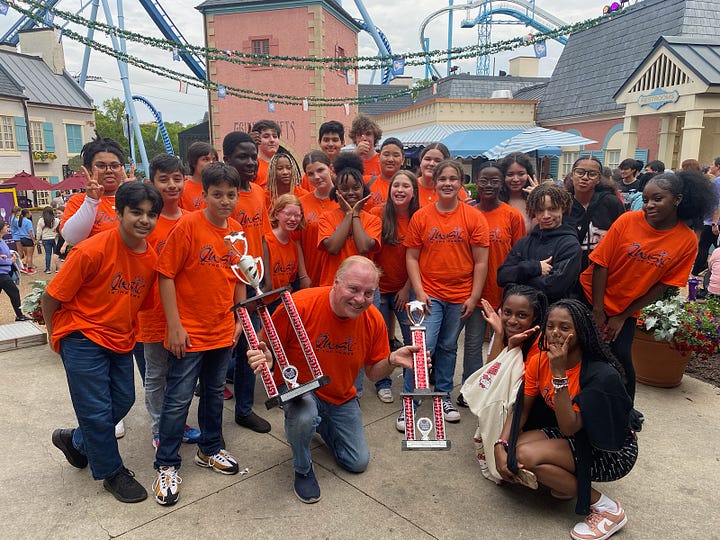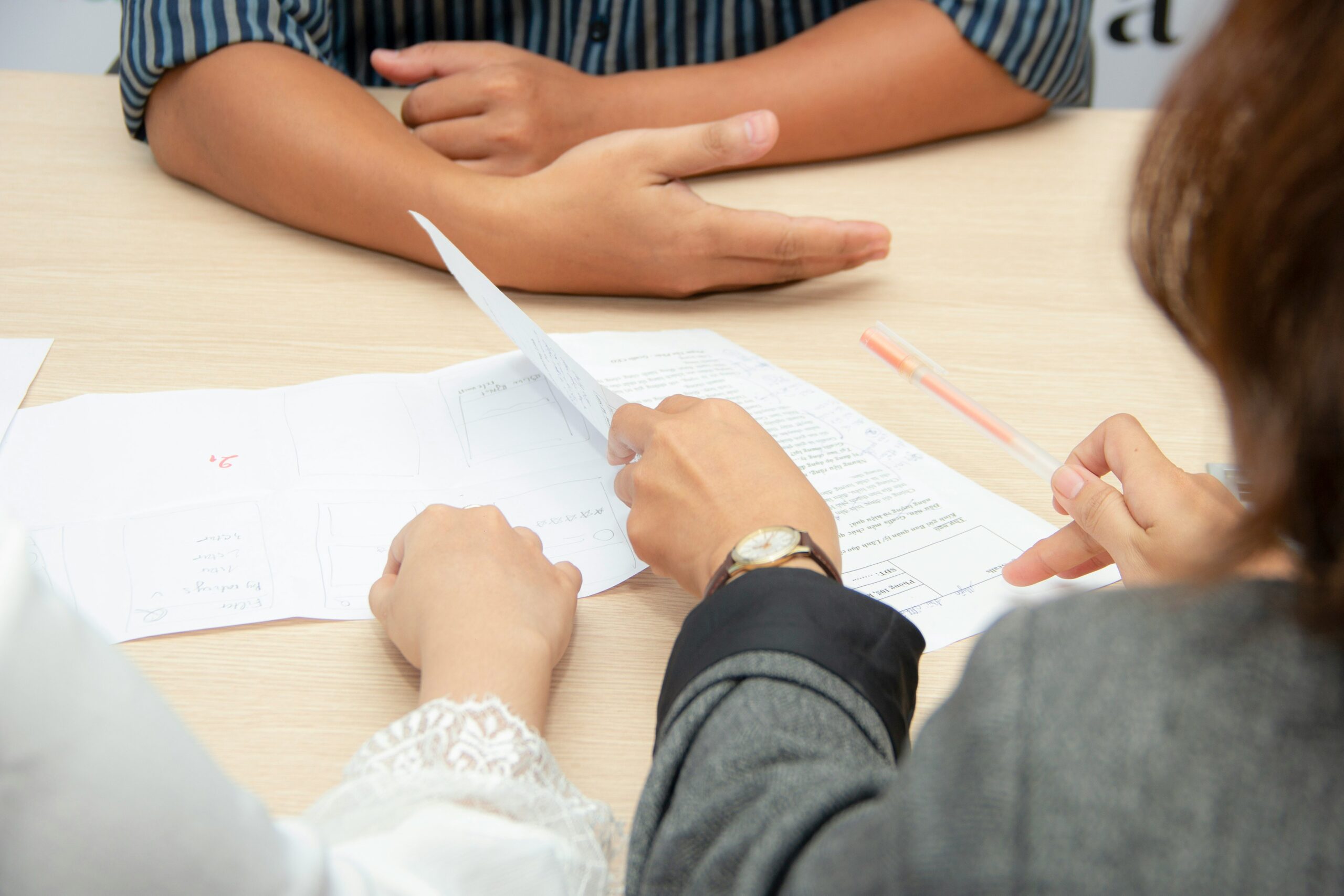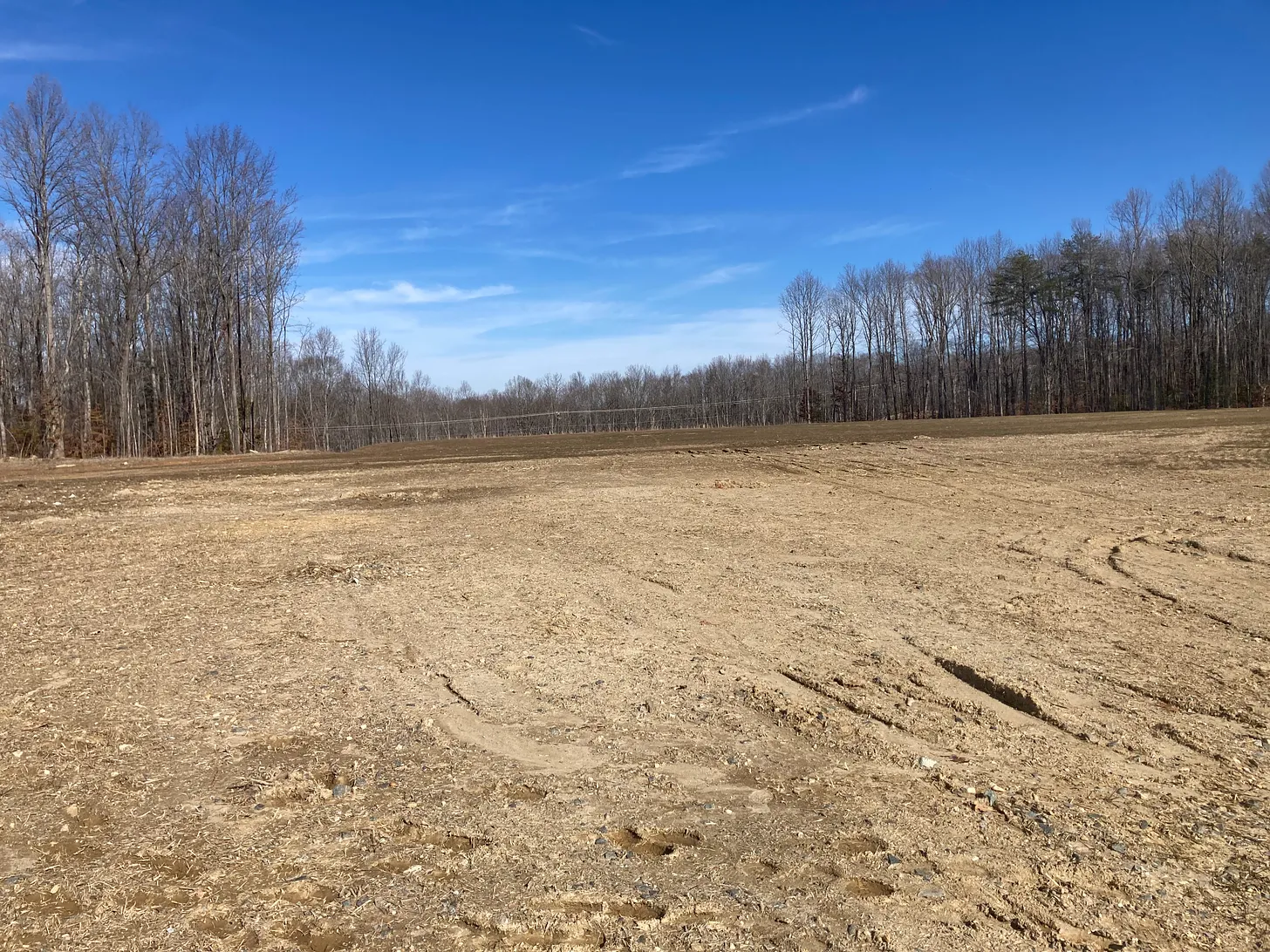
Walker-Grant Middle School and James Monroe High School have growing orchestra programs, but not enough instruments.

Until this year, violin and viola players in Fredericksburg City schools were able to take their school instruments home to practice on. This prevented families from having to rent an instrument to keep at home.
But this year, Kevin Bartram, orchestra teacher at Walker Grant Middle School and James Monroe High School, has had to end that policy because of a growing instrument shortage.
“We have more players than we do instruments by a good measure,” Bartram said. “So, we had to stop the policy of allowing students to bring school instruments home, because several people are using the same instrument.”
Subscribed
“That puts an added burden on parents who then must have a rental instrument or own an instrument at home,” he continued. “And that has consequences to the program here in the city. There are going to be families who can’t afford to rent or purchase an instrument. It’s a more layered problem than just sheer numbers.”
The instrument shortage this year is more acute at the middle school. Bartram said that there is “typically” some money left over in the high school orchestra budget to purchase a few instruments, but that no new instruments have been added to the middle school’s inventory “in many years.”
But students are sharing instruments, particularly cellos, at the high school, too.
The shortage doesn’t only apply to the number of instruments available, but also to the type of instruments. For instance, Bartram said, there are no full-size cellos at the middle school—only half-size. And there are not enough full-size violas and violins for students.
“We have too many violins that are so small—like for third or fourth graders—but I still have to put them in sixth graders’ hands,” Bartram said.
Students are also playing instruments at school that are at least 30 years old, he said, and keeping them in suitable shape is a strain on the department’s budget.
“We go through the process of trying to repair these instruments, bringing them up to playing position, and they break all the time,’ Bartram said. “There is no budget for repairs. It just goes out of our normal school budget, which we need to buy music and other materials.”
In the strings world especially, Bartram said, the quality of an instrument matters.
“You simply cannot get a good sound out of a bad instrument,” he said. “Students get very frustrated when they’re hampered by a very poor-quality instrument.”
Many school music programs face similar instrument shortages, but the problem may be more acute in Fredericksburg because of the demographics of the public schools.
According to the Virginia Department of Education’s school quality profile for Fredericksburg City Public Schools, just under 60% of enrolled students are considered economically disadvantaged.
More students have been enrolling in orchestra, which is offered as an elective beginning in 6th grade, over the past few years, Bartram said. But he worries that continued growth won’t be possible without an adequate instrument inventory.
“I am anxious that without enough instruments to put in everybody’s hands, we’re going to start self-limiting the orchestra program,” he said.
School music programs benefit students in ways that extend beyond the practice room. According to a review of research published by the Arts Education Partnership, a coalition created by the U.S. Department of Education and the National Endowment for the Arts, music education has the following academic and lifelong benefits:
- It prepares students to learn by enhancing fine motor skills, fostering working memory, and cultivating thinking skills.
- It improves student achievement by improving recall and retention, boosting math and reading skills, and improving standardized test scores.
- It improves social-emotional wellbeing by relieving stress, teaching perseverance, fostering creativity, and building self-esteem and a sense of community.
Music programs also encourage students to come to school. According to a study by the National Association for Music Education, schools that had music programs had an attendance rate of 93%, compared to 85% in schools without music programs.
By Adele Uphaus
MANAGING EDITOR AND CORRESPONDENT
Email Adele





